Has anyone else noticed that tomatoes are starting to taste better? It used to be you would pick up some salad tomatoes at the supermarket and most would be a uniform size, shape and taste. Nowadays you can pick up colourful varieties produced in Britain all year round.
The British tomato-growing boom is nothing new. It happened once before in the early 20th century when the construction of large glasshouses first became fashionable and we had plenty of cheap coal to heat them. The South East of England, especially Worthing, was famous for its vast tomato houses. But as British coal ran out and food imports began flooding in, the UK began to rely on tomatoes from the continent, often picked unripe in order to store well and as a result colourless and flavourless.
It has only been in this century, as advances in technology have made it cost-comparable to grow tomatoes indoors, that we have seen large glasshouses spread across the British countryside once again. Thanks in large part to innovations in the Netherlands, farmers have been able to produce tomatoes in northern Europe. Glass has been developed that lets in 97 per cent of light, heating systems are far more efficient and LED lights can be used to grow plants over winter. We have also begun to demand better-tasting tomatoes thanks to the fashion for a more Mediterranean diet and zingy salads inspired by chefs like Yotam Ottolenghi.
Today around a fifth of our tomatoes come from the UK, according to the British Tomato Growers’ Association, cutting food miles. There is only one problem. As I explained in a previous column, it is not just food miles, or the distance a food has travelled, that determines carbon footprint; it is how the food has been produced.
In the case of British tomatoes, it is not necessarily lower carbon to grow the fruit at home. As a UK government report has pointed out, tomatoes grown in glasshouses in the UK may in fact produce more carbon emissions because of the energy used to heat the glass, as opposed to tomatoes grown outdoors in Spain.
But this is also changing. British tomato growers are using technology to make the greenhouses as efficient as possible and in some cases are using renewable technology. A greenhouse in the Vale of Evesham uses solar panels and another in Yorkshire has a ground source heat pump.
Near me in Scotland, Standhill Farm uses cow manure to produce biogas to power a greenhouse. But these developments are still relatively few and far between; for the most part, glasshouses in the UK are still powered by CHP (combined heat and power) boilers which primarily run off gas with some heat recovery from waste water systems, for example.
There is certainly hope that British-grown tomatoes could one day really be lower carbon footprint as well as fresher. In the meantime, there is one area where they are doing well, and that is reducing pesticides, thanks to the humble bumblebee.
Although described as ‘self-pollinators’, tomatoes need a little bit of help to fertilise the flowers. In the wild this function is provided by the wind or insects travelling from plant to plant, but in a greenhouse ‘buzz pollination’ is provided by bumblebees.
Bumblebees have helped the tomato industry become a lot more sustainable. The use of bees means that it is counter-productive to use pesticides in the greenhouses, forcing growers to develop other ‘bio-controls’ such as spiders to control aphids and kick-starting research. Although relatively few of the greenhouses growing tomatoes in the UK are organic, because of artificial fertiliser, there is motivation to cut artificial pesticides.
The British Tomato Growers Association wants to further increase the proportion of fresh tomatoes we eat grown in Britain from 20 to 50 per cent by 2030. To do so it will have to invest in renewable technology and make sure the key workers, the bumblebees, are looked after.

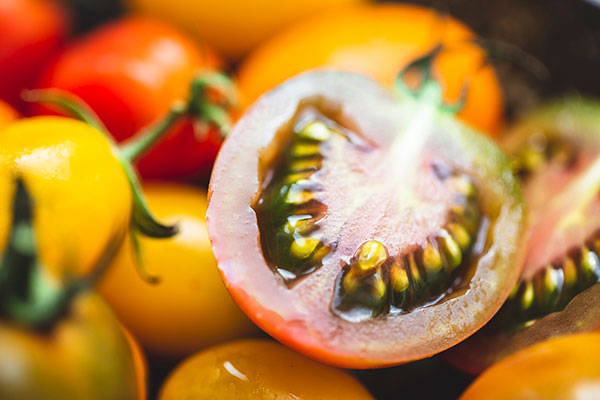
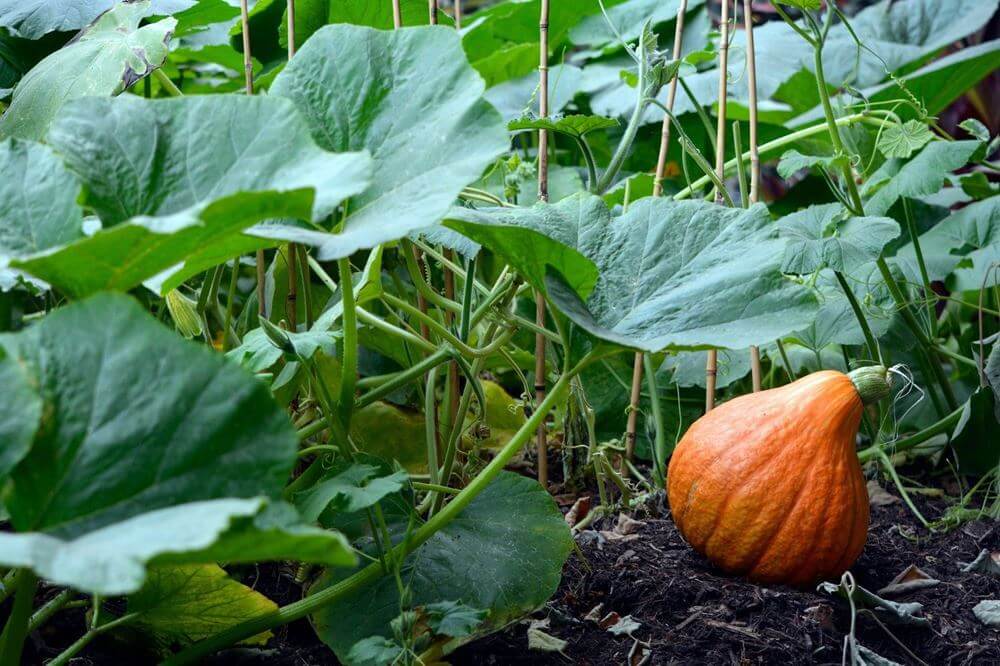

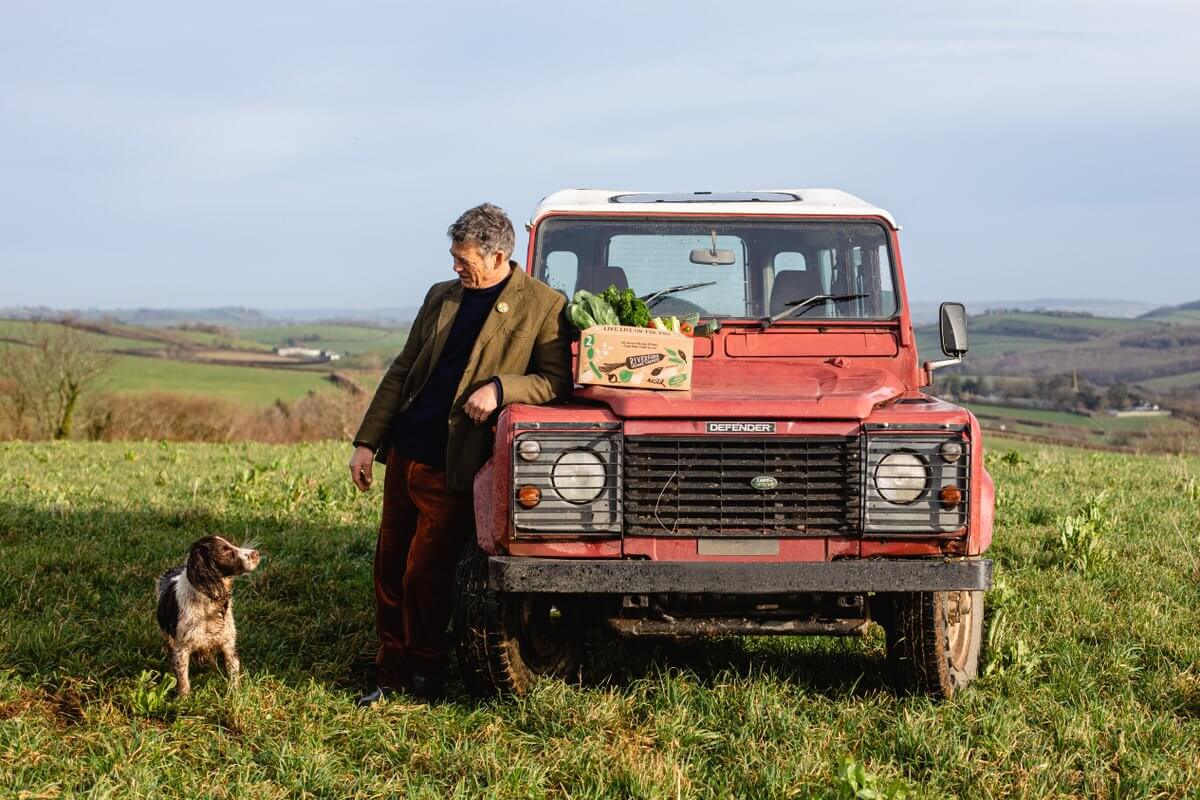

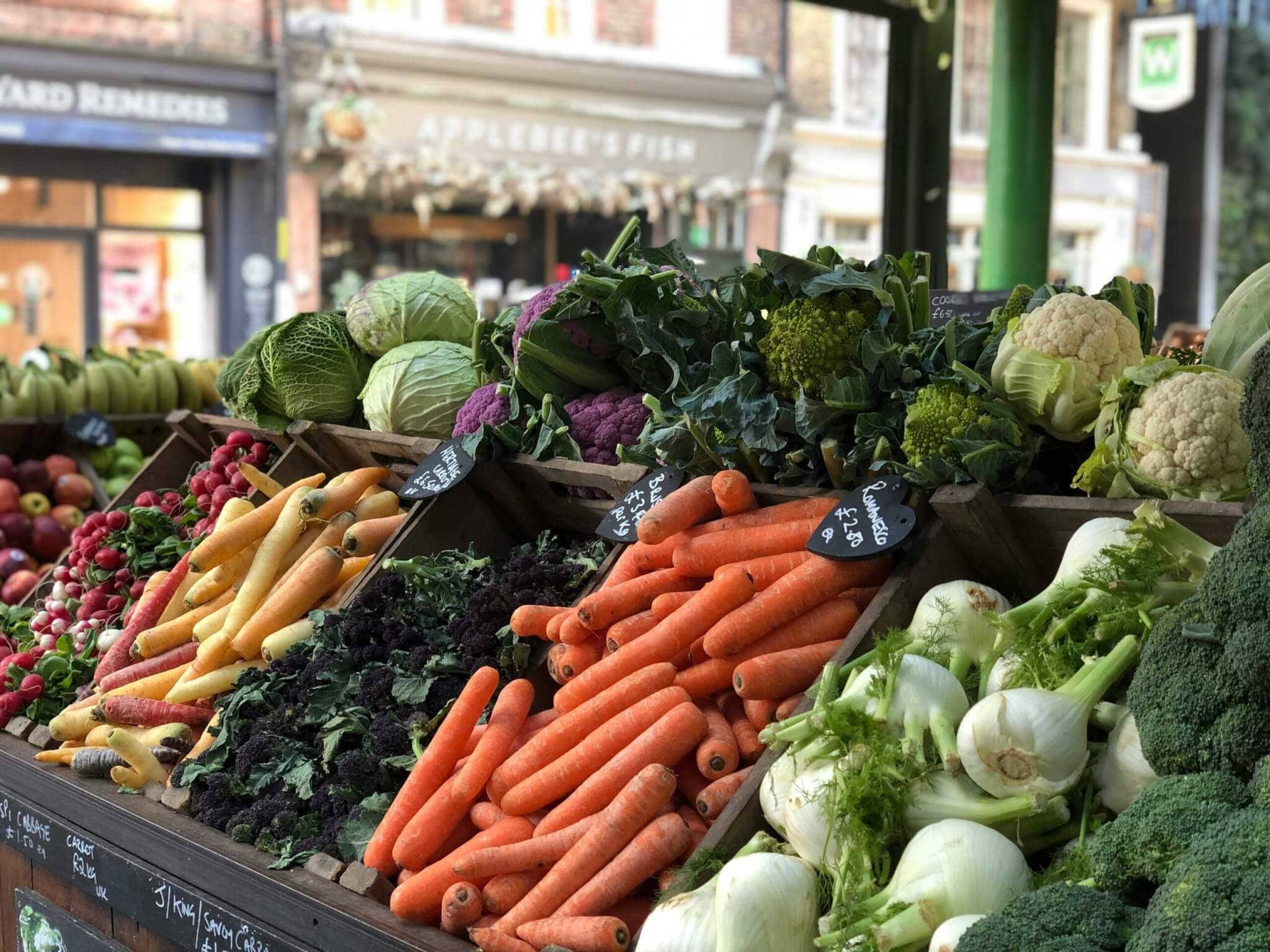
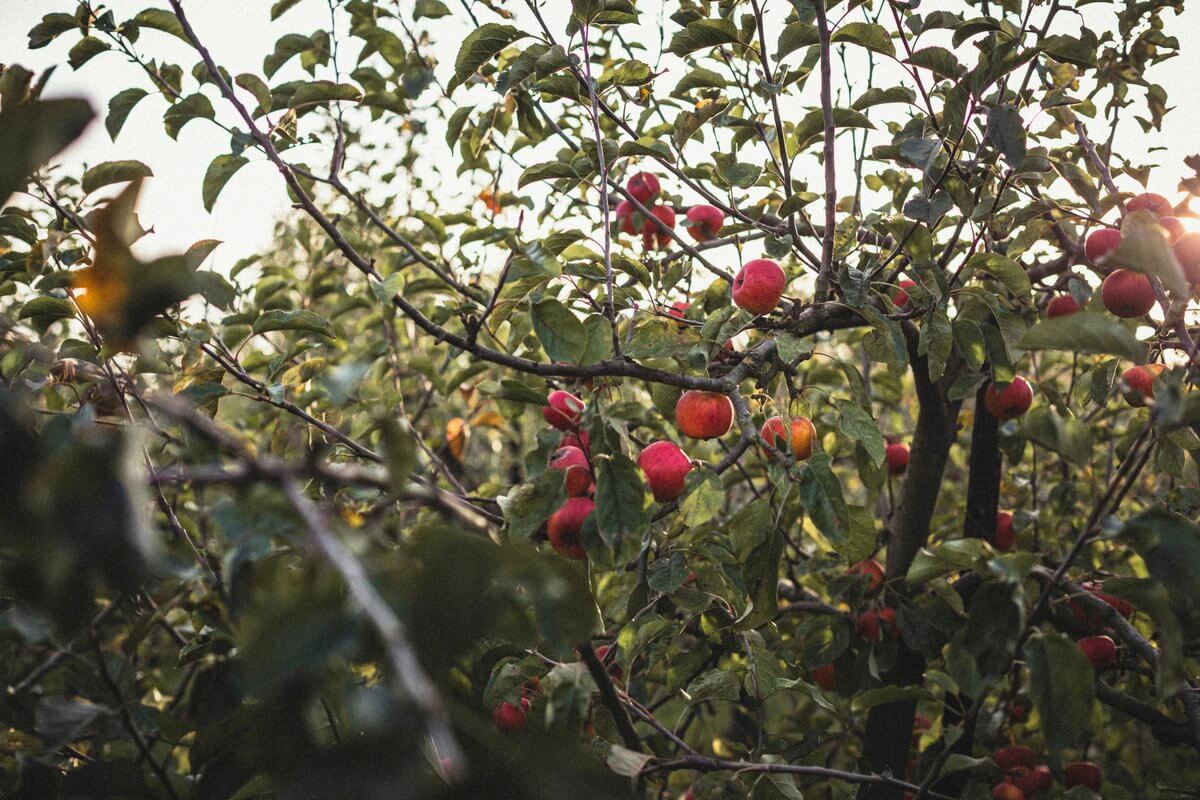
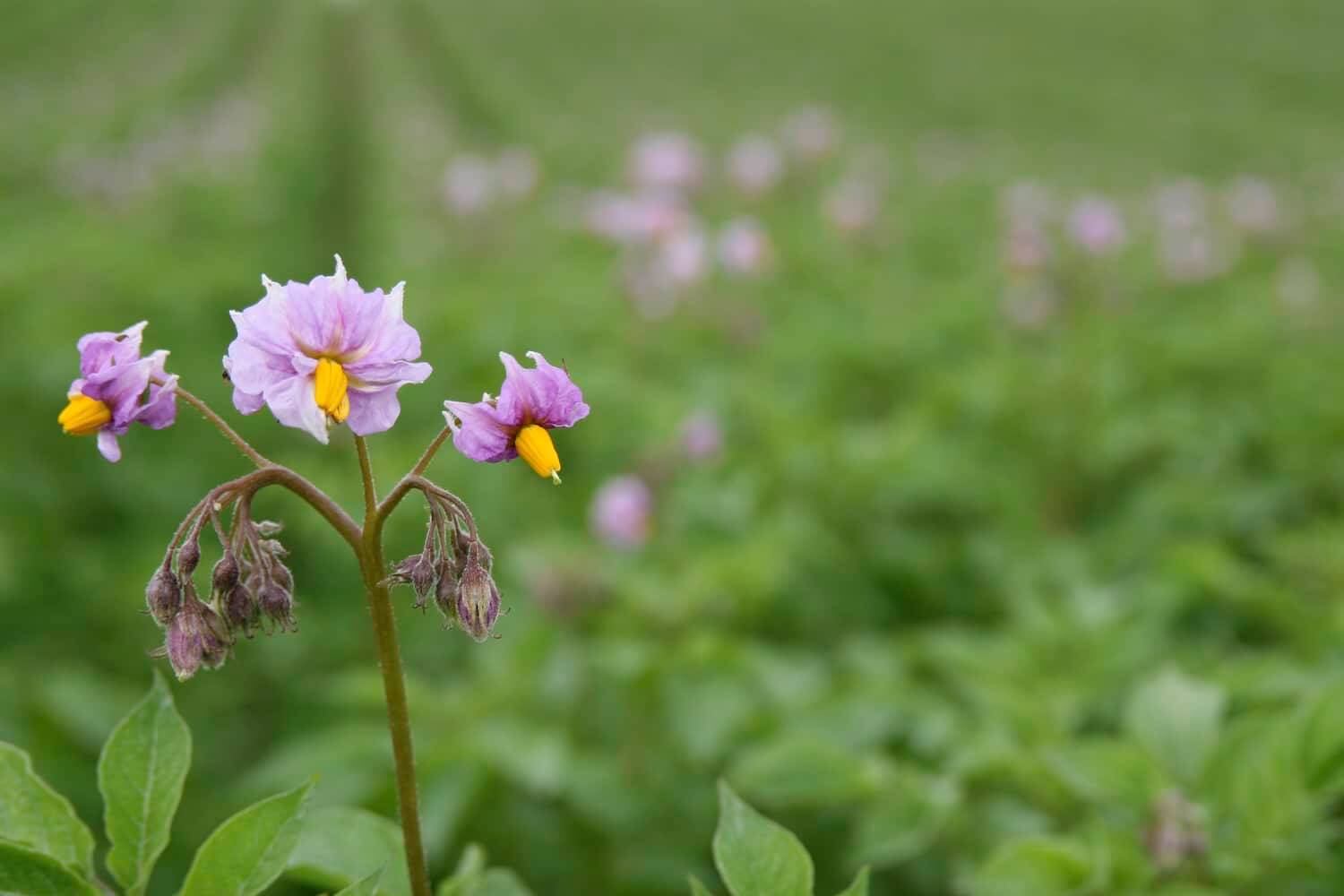




The problem with this is that glasshouse growers use commercially bred bumble bee species – not always native species. They are brought in annually and released to pollinate many crops – but then what happens to them?
They are often in an environment that does not have enough wild plant food sources and habitat for them to live. – so once the crop is harvested they are expendable. Another ‘box’ is ordered for the following season….. is this any way to treat fellow creatures? Or just another way to exploit species for our own greed?
It’s a really interesting point @hecate So many of the fruit and vegetables we eat involve other species. Even in organic systems we kill ‘pests’. Harvesting a crop with combine harvesters can harm animals in a field. In this case I was making the point that using bumblebees limits the use of pesticides – thereby preventing greater cost to insect life. But you are right, the bumblebees themselves are commercially bred and have a short life span. Yes, it is to feed human greed – or need? There are trade offs in producing the food we eat. I think learning more about our use of animals like bumblebees allows people to make choices about what trade offs they are willing to accept.
The Isle off Wight super-large greenhouse grows organic tomatoes and supplies Waitrose and other places.
I believe the super large greenhouses on Isle of Wight use combined heat and power (CHP) – like Thanet Earth. While this is still a fossil fuel system, as the engines are powered by gas, it is more efficient than conventional heating systems. The gas-powered engines generate enough electricity to be sold back into the grid, while at the same time generating heat that is used in the greenhouses (rather than being wasted). The system also generate excess carbon dioxide that is fed into the greenhouses to ‘turbo-charge’ the tomatoes.
Why do you think they taste better? Is it just the freshness and the ripeness, or are they planting different varieties, or is it the way that they’re grown?
This is such a good question!! Honestly, I think it is mostly because of new breeding techniques – NOT GM! The Dutch are particularly good at it https://qz.com/907971/the-netherlands-basically-reinvented-the-tomato/I think a lot of this has been driven by the market and the fact we are all a bit more demanding having tasted tomatoes abroad? Nothing can beat a fresh tomato off the vine on a sunny day in the greenhouse or even outdoors (if you live somewhere sunnier than Scotland, unlike me.) But I do think out of season, the fact that tomatoes can be grown for longer closer to home also helps retain flavour. It means they can be picked softer and don’t have to be picked unripe. New technology like growing vertically, using robots to pick the fruit – or at least powered cherry pickers – and packaging also means tomatoes don’t have to be so hard to be transported to market. So a combination of breeding and technology and yes, local if you can get it.